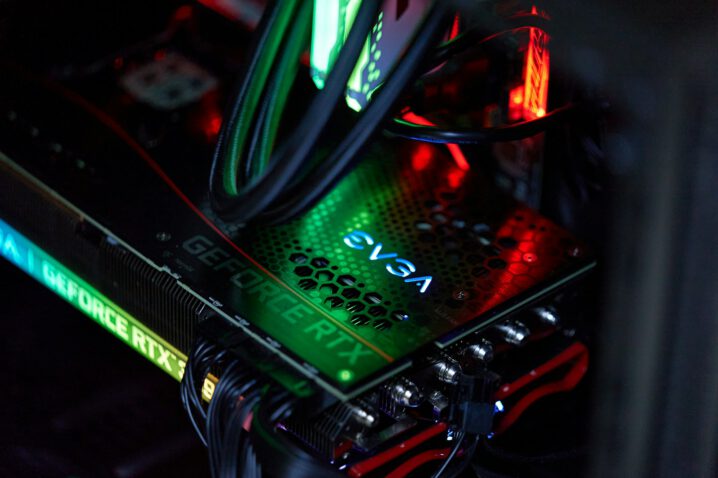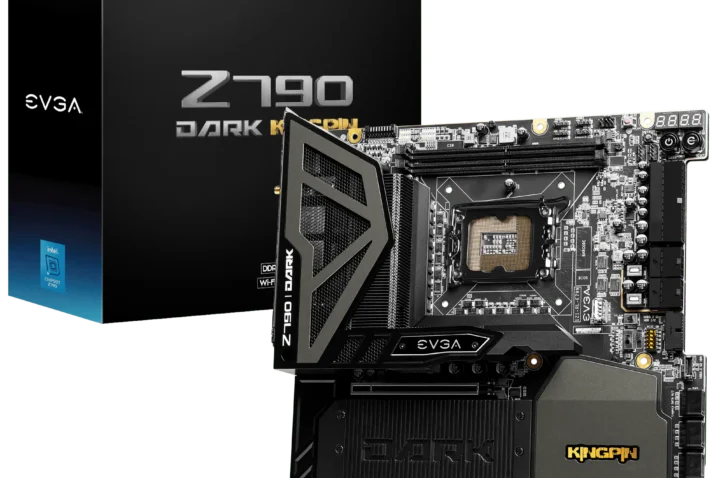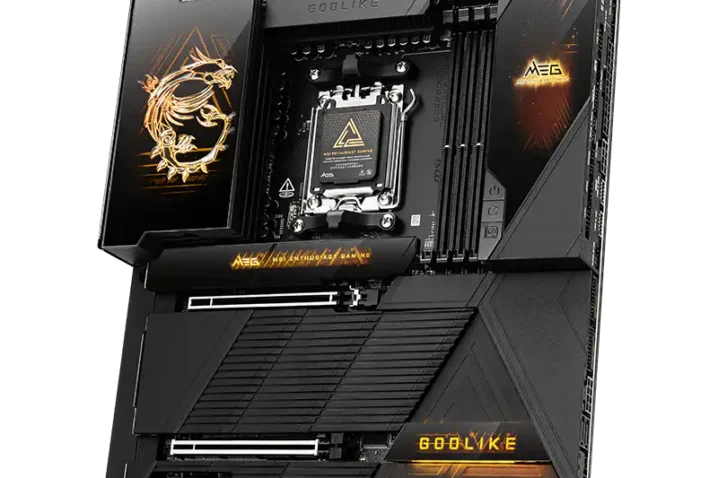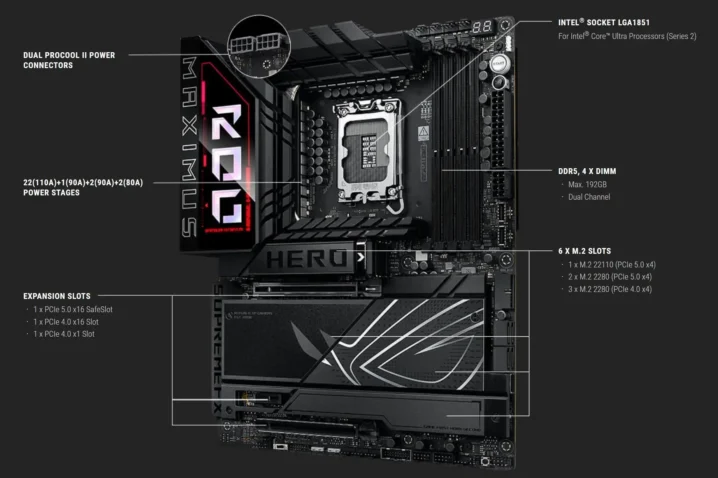NVIDIA’s RTX 4070 mobile variant has been spotted in a new gaming laptop model. The GPU features 8GB of GDDR6 memory and a 128-bit bus, targeting high-performance portable systems. The leak comes from a retailer’s early product listing.
3DMark Time Spy results show the mobile RTX 4070 achieving a graphics score of 11,500, outperforming the previous generation by 20%. Power consumption is capped at 115W, with temperatures staying below 80°C under load. Gaming benchmarks in Shadow of the Tomb Raider show 90fps at 1440p.
The RTX 4070 mobile’s performance brings desktop-class gaming to laptops. NVIDIA’s efficiency improvements may appeal to gamers seeking portability without sacrificing frame rates. Competing AMD and Intel GPUs are expected to follow.






